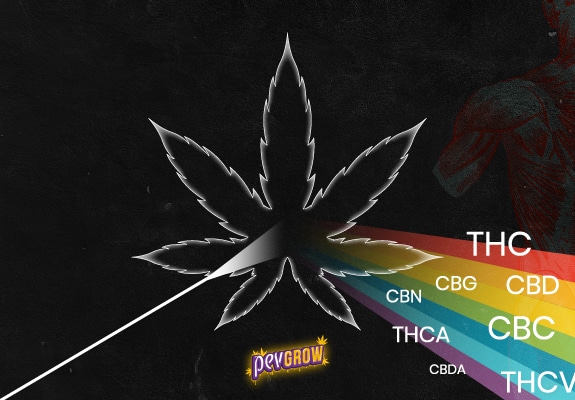- Different Methods to Pass Drug Tests for Cannabis
- How Long Can Cannabis and Its Metabolites Be Detected in Urine?


In constant struggle for the regulation of cannabis, mainly in the medicinal field.
12-08-2024 07:52:27 - Updated: 12 August, 2024
Rio de Janeiro, Brazil — In a disturbing discovery, researchers have detected cocaine in sharks off the coast of Rio de Janeiro. This finding has revealed alarming levels of the drug in the tissues of these animals, indicating chronic and concerning exposure. The study has generated significant concern about potential sources of contamination and the effects on marine life.
🏹 How Does Cocaine Reach the Ocean?
There are several theories about how cocaine could have reached the sharks’ habitat. One main possibility is contamination from wastewater containing cocaine residues from human use of the drug. Sewage systems that do not adequately treat these waters could be discharging toxic substances into the ocean. This is very possible, as something similar happened in Spain in the town of Miranda del Ebro a few years ago, where they discovered high concentrations of this substance in the river, which the fish surely consumed and became… let’s say “altered.”
Another possible source is the disposal of chemicals from illegal drug manufacturing laboratories. Clandestine activity in urban and coastal areas could be contributing to the contamination. There is also the less likely hypothesis that sharks ingested cocaine from packages thrown into the sea by smugglers.
🎯 Effects of Cocaine on Sharks
The presence of cocaine in sharks raises several concerns about their health. Although there is currently no evidence that the drug is causing extreme behaviors in these animals, prolonged exposure could have negative effects. It is possible that cocaine affects the nervous system, behavior, and physiology of sharks, with potential impacts on their lifespan and reproductive health.
Future studies will need to focus on better understanding how cocaine affects sharks and other marine organisms, as well as determining if these contaminants are present at other levels of the marine food chain. What is clear is that if sharks can already be dangerous, I can’t even imagine them high on cocaine… That’s unstoppable!
🎬 Measures to Prevent Contamination
To address this situation, it is crucial to improve wastewater treatment and ensure that it does not contain dangerous contaminants before being released into the environment. It is also essential to strengthen the regulation and supervision of industrial and chemical activities, including the fight against illegal drug production.
The international community and local governments must work together to implement effective monitoring and ocean protection measures. Public education and awareness about the dangers of drug contamination also play a vital role in protecting our marine ecosystems.
⚠️ Conclusion and Pevgrow’s Opinion
The discovery of cocaine in Brazilian sharks underscores the urgent need to protect our oceans from anthropogenic contamination. This incident should serve as a call to action to improve our waste management practices and ensure a healthy marine environment for future generations. Protecting marine life is not only crucial for biodiversity but also for the health of the planet as a whole. This is further proof of how harmful humans can be to nature and the planet in general, and it wouldn’t hurt to ask ourselves how far we are going to go… To the total destruction of the world?





